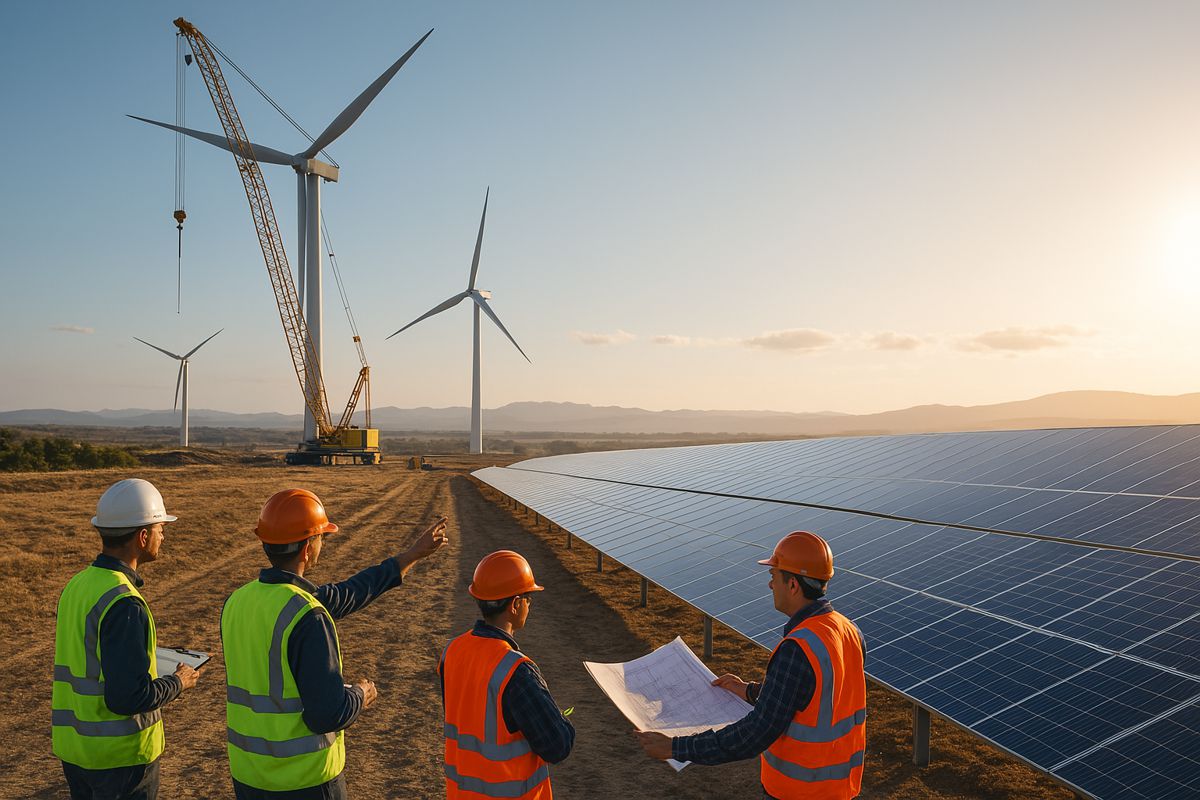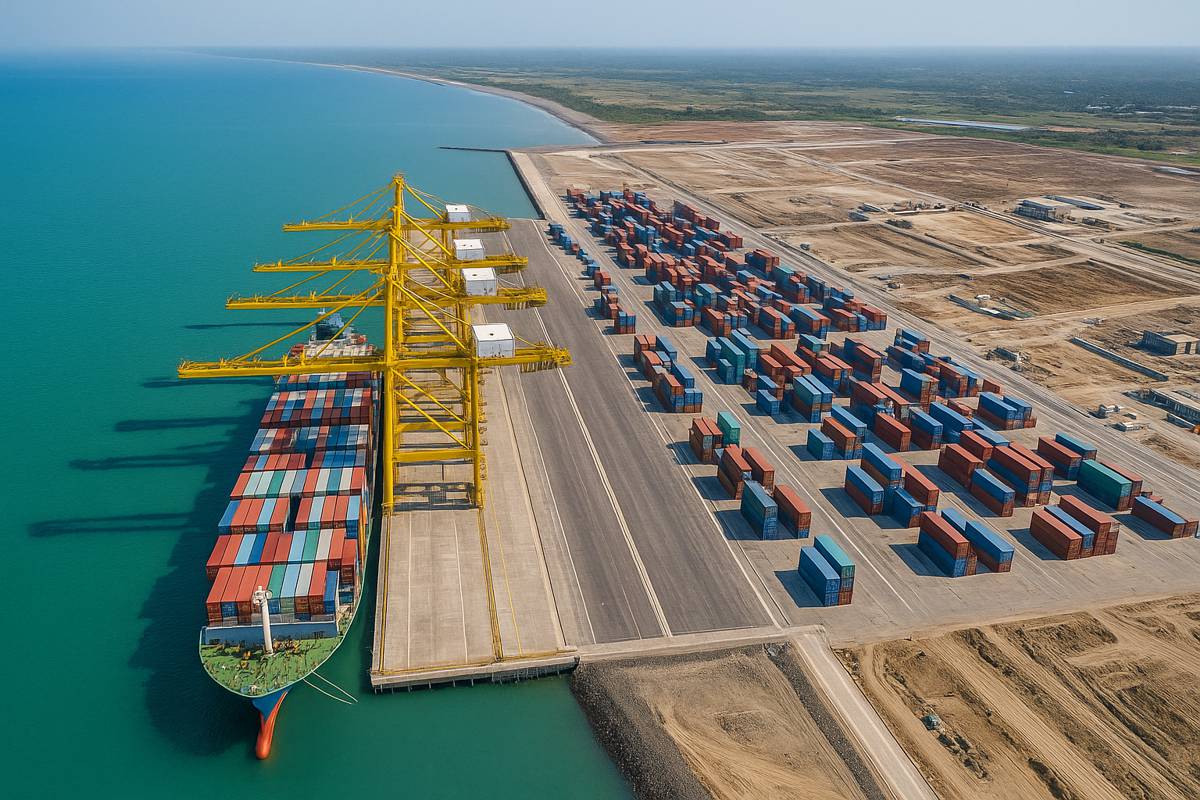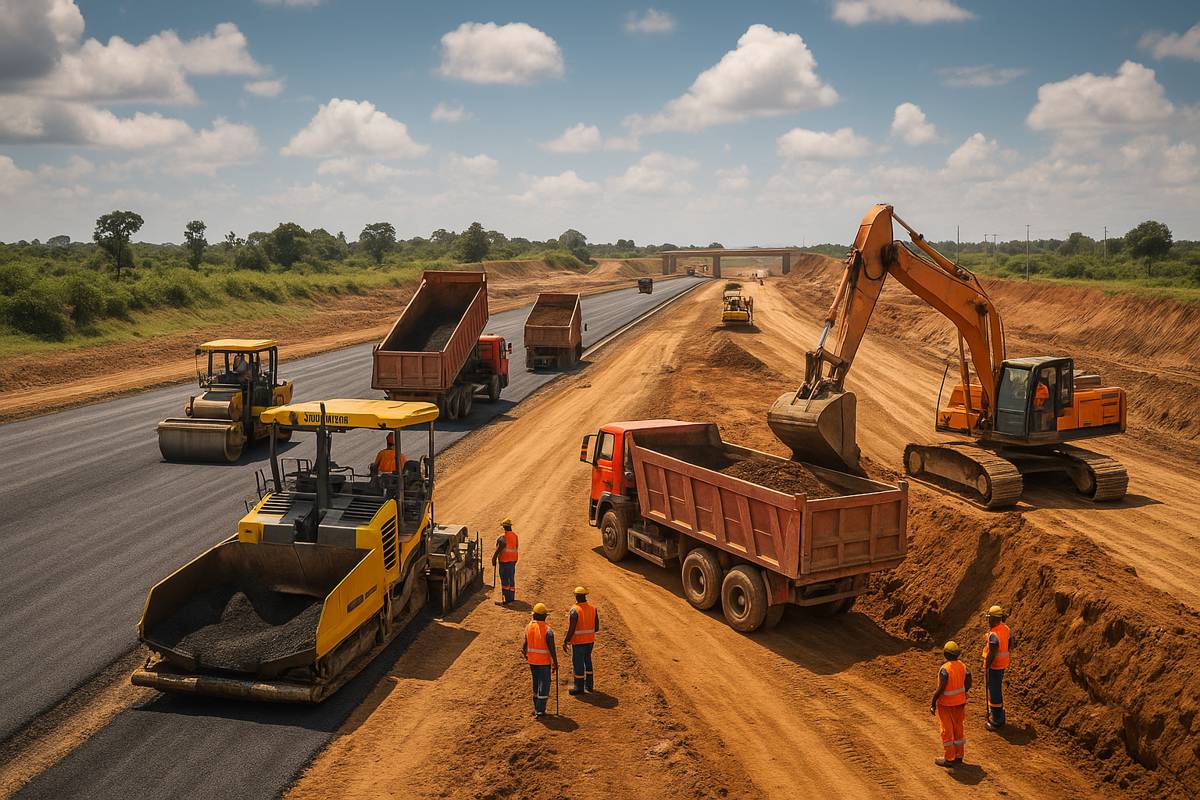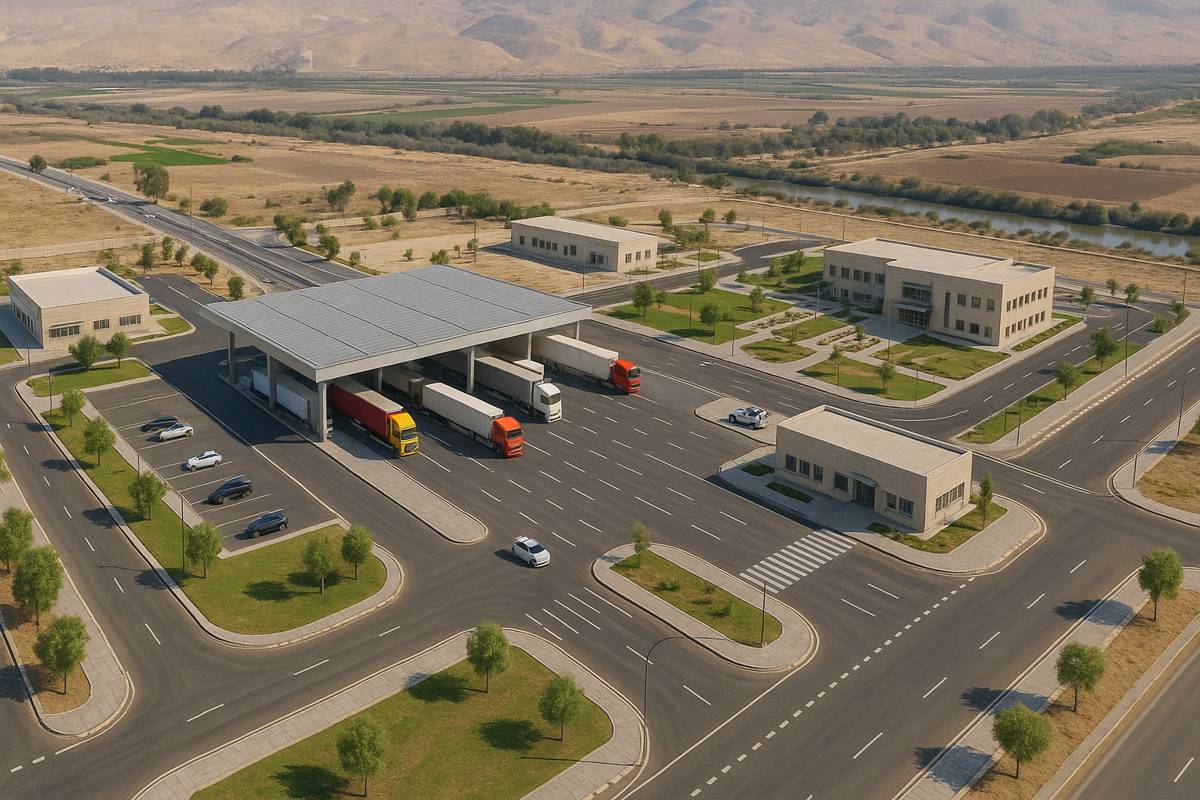Unlocking Renewable Energy with Early-Stage Project Financing
Renewable energy projects aren’t cheap, at least not upfront. The initial stages of project preparation and development demand hefty investments, involving everything from priority identification and technical evaluations to tailored financing solutions.
Without significant financial backing during these early phases, vital processes like feasibility studies, environmental impact assessments, risk evaluations, and financial structuring simply can’t happen effectively.
The real challenge emerges in the development stages, including detailed site analyses, project design, regulatory approvals, and complex financial modelling. These phases alone often require millions in investment, money that many project developers, especially in developing regions, struggle to raise. Without adequate funding, these promising projects can languish indefinitely, failing to attract banks or investors, and ultimately stalling the global shift towards renewable energy.
Financial Close and Project Development
According to analysis from the Energy Transition Accelerator Financing (ETAF) platform, managed by the International Renewable Energy Agency (IRENA), while well-structured renewable projects can hit financial close in a swift 6-15 months, many languish for years. Particularly in Sub-Saharan Africa, this financial bottleneck is pronounced. Projects there often become stranded in preparatory stages, with local developers disproportionately hit due to scarce early-stage funding.
“Without early-stage capital, projects remain essentially unbankable,” warns an ETAF report. The need for targeted financing mechanisms—scaled appropriately to tackle this specific stage—is clear and urgent.
Project Preparation Facilities
A proven solution is the establishment of Project Preparation Facilities (PPFs). These bodies provide crucial financial and technical support for pre-construction activities, helping to mitigate financial risks and bring projects to bankability. A notable success story is the African Development Bank’s Sustainable Energy Fund for Africa (SEFA), which recently funded Ethiopia’s DREAM programme with an impressive $8 million investment, addressing key preparatory bottlenecks and paving the way for project viability.
Similarly, Africa50—a key ETAF partner—operates a dedicated preparation facility supporting infrastructure and energy projects across the continent. Increasing the reach and resources of these facilities can significantly accelerate renewable project developments.
Innovative Financing through Development Impact Bonds
Development Impact Bonds (DIBs) represent another exciting opportunity to mobilise early-stage funding. Originally used in social projects, DIBs offer upfront capital to projects, with repayments linked strictly to achieving predetermined milestones such as securing permits or reaching financial close.
The Village Enterprise Development Impact Bond, which successfully operated in Kenya and Uganda, demonstrates the viability of this outcome-focused approach. Adapting this model to renewable energy infrastructure could similarly unlock crucial capital, rewarding clear progress and incentivising timely completion of project milestones.
Leveraging Future Climate Benefits
Internationally Transferred Mitigation Outcomes (ITMOs), established under Article 6 of the Paris Agreement, also present an innovative financing path. These allow projects to receive advance payments for anticipated future emission reductions, providing a practical source of early-stage financing.
A successful example is Uzbekistan’s iCRAFT project, boosted by a $46.25 million grant from the World Bank. Such models highlight how early-stage funding tied to future climate outcomes can effectively kick-start major renewable energy developments.
Risk-Sharing Facilities
Risk-sharing facilities pool resources from governments, development finance institutions (DFIs), and private investors to address early-stage financial risks. By de-risking the preparatory phase, these platforms make it easier—and less expensive—for developers to access the capital they desperately need.
The Global Energy Alliance for People and Planet (GEAPP) exemplifies this approach, offering grants and concessional financing tailored to bridge the gap between project conception and financial close, significantly reducing the upfront financial burden.
Government and DFI-led Initiatives
Government-backed energy development funds are crucial for bridging early-stage financing gaps. Rwanda’s Renewable Energy Fund, supported by the Climate Investment Funds, offers grants and concessional loans for technical studies and project structuring, significantly boosting the local mini-grid and solar home system markets.
Such funds directly enable local entrepreneurs, helping projects reach financial close more swiftly.
Empowering Local Developers
Investing in capacity building is equally essential. Training local developers in navigating regulatory and technical challenges significantly reduces their dependence on foreign expertise, lowering overall development costs.
Online project preparation tools, freely accessible, further empower developers to manage complex pre-development tasks independently and efficiently.
Public-Private Partnerships
Public-private partnerships (PPPs) are critical for accelerating project development. Leveraging public funds to reduce risks associated with feasibility studies and environmental assessments, PPPs facilitate smoother progression towards bankability.
IRENA’s collaborative efforts through ETAF illustrate this perfectly. For instance, Costa Rica successfully launched a venture capital fund, transforming its public transportation system by investing in electric buses, thanks to targeted support and strategic public-private cooperation.
Accelerating Global Energy Transition
The path towards sustainable energy depends heavily on robust and strategic early-stage project financing. With innovative funding mechanisms—Project Preparation Facilities, Development Impact Bonds, ITMOs, Risk-sharing Facilities, and Energy Development Funds—paired with targeted capacity building and strategic public-private partnerships, renewable energy projects globally can progress faster from concept to reality.
As we move forward, prioritising investment in these critical early phases will undoubtedly unlock enormous potential, paving the way for a cleaner, more sustainable energy future for all.




















